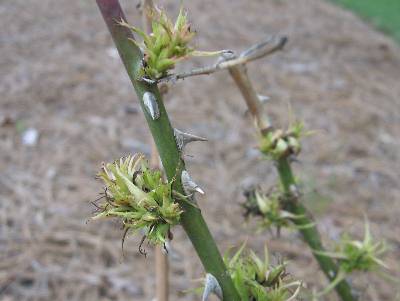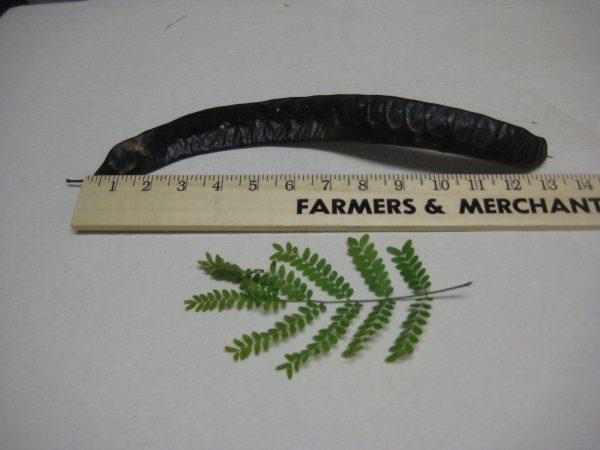Pressure-treated Wood – In Garden
Q: We are building a raised bed out of timbers. After finishing, we noticed a label saying that they were treated with arsenic. Could the arsenic contaminate vegetables and other edibles grown in the bed? Why do they still treat wood with arsenic?
A: Arsenic-treated lumber has been used for decades to retard rot. The topic of whether the arsenic is harmful to people has caused huge arguments in the scientific and environmental communities.
This study indicates that arsenic can accumulate in vegetables – but not at a level that would cause harm.
If your bed is completed, you can line the inside of the timbers with sheet plastic or aluminum.
There is no reason to use treated lumber in your garden if you don’t want to. You probably know that treated lumber was previously made to be rot-resistant with chromated copper arsenate (CCA). That chemical is being phased out. Lumber will be treated in the future with the less-problematic alkaline copper quaternary (ACQ), sodium borate or copper azole. One option is simply to wait for the new lumber to become available.
If you can’t wait, why not buy “plastic” lumber such as Trex(tm) or Fiberon(tm) at a home improvement store? The decking planks are usually 1″x6″ in dimension: great for a raised bed. Since this type material is not as rigid as wood you’ll need to drive two foot long pieces of one half inch steel rebar every thirty six inches along the outside of the planks to hold them in place as you fill the bed with soil.
You could also use untreated 2″x6″ or 2″x8″ lumber and allow it to decompose over time. My guess is that it will last at least three years and it shouldn’t be too hard to replace when it rots.














